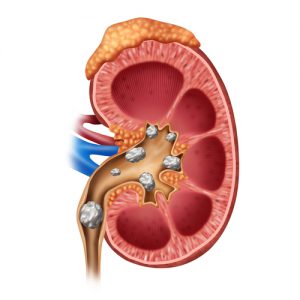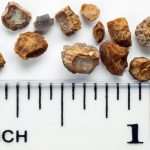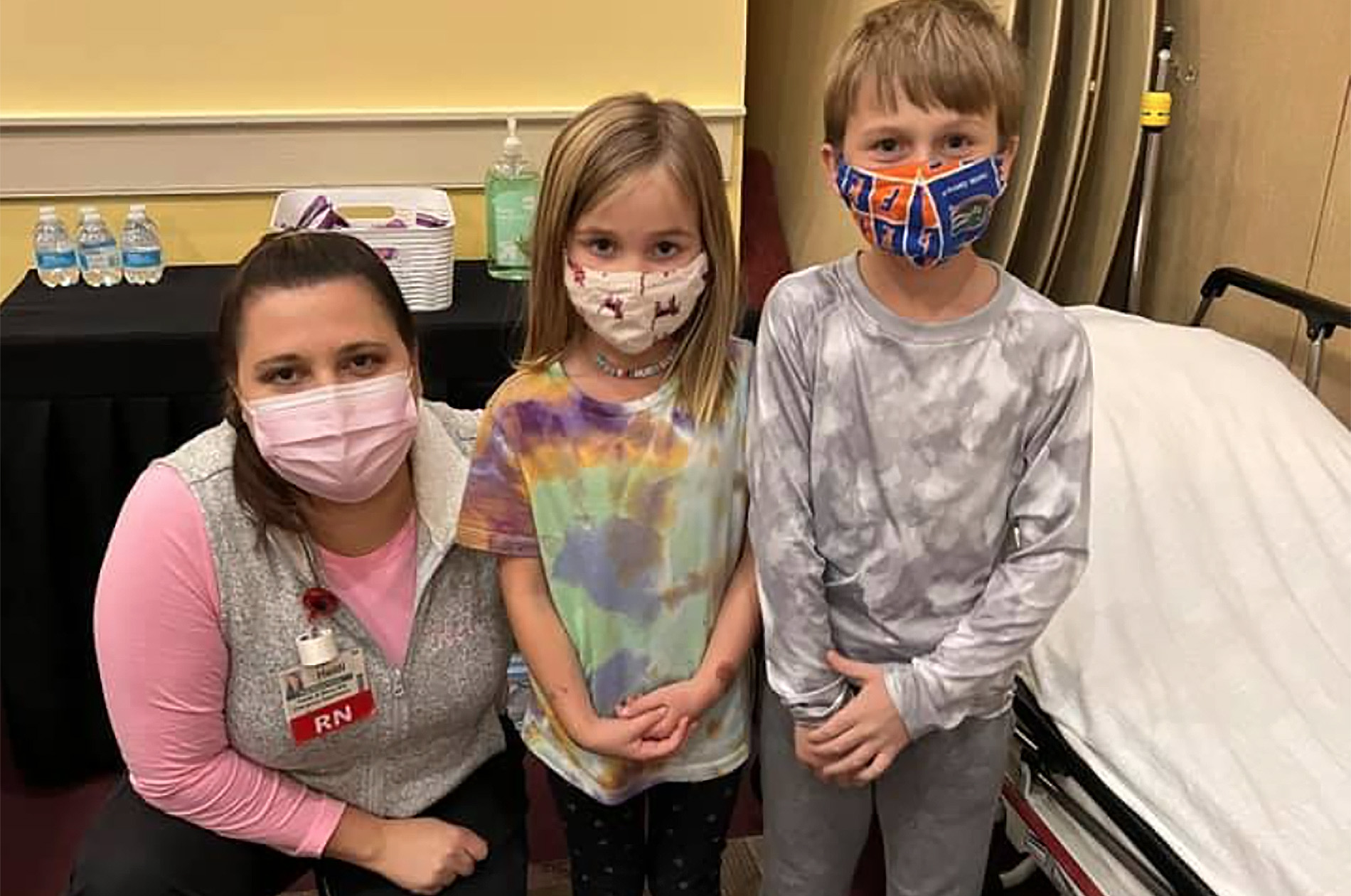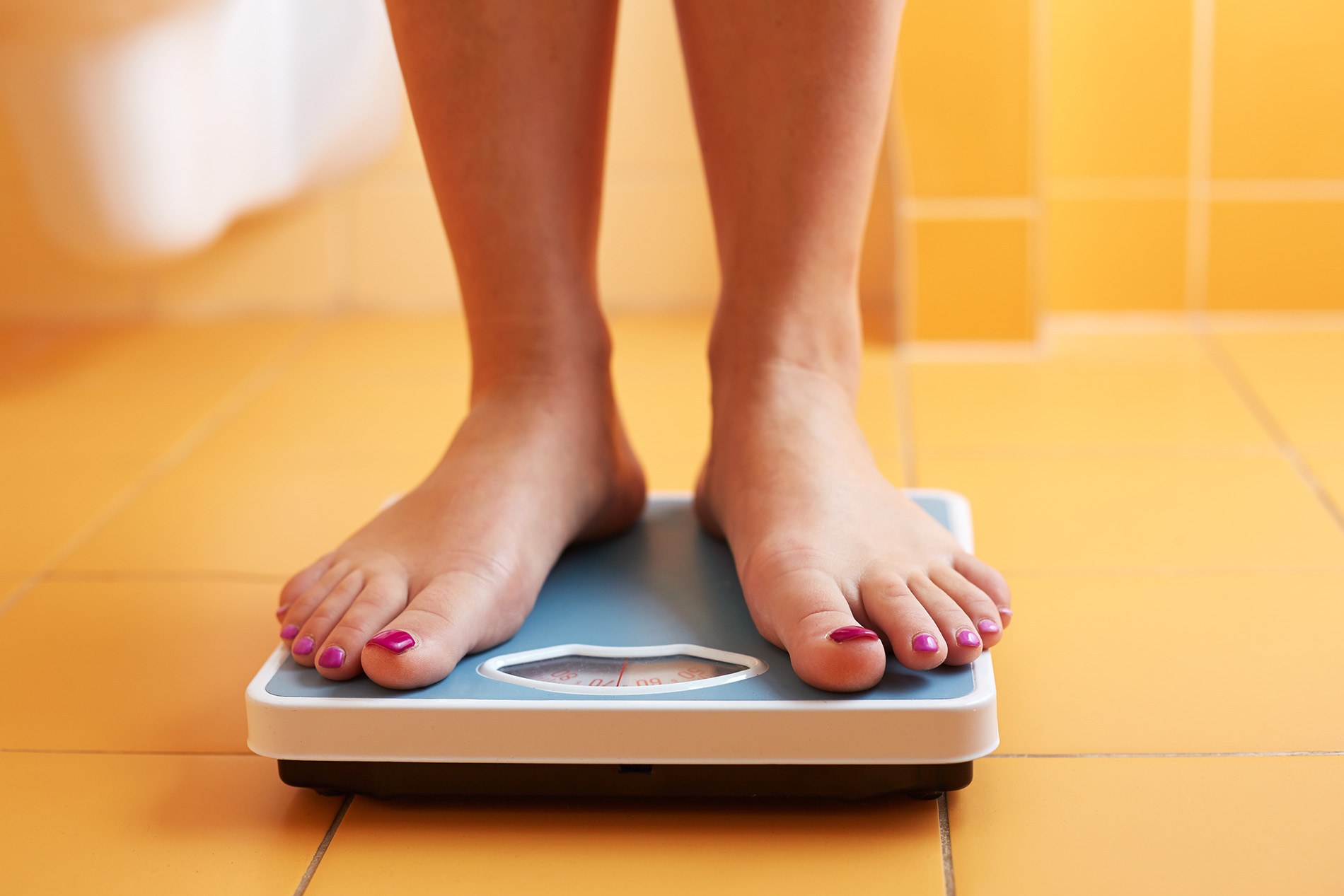
Passing a kidney stone is often called one of the most painful things a person can experience. Sometimes, people say it's even more painful than childbirth.
Kidney stones are small pebbles of salt and minerals in the urine. They can be the result of a chronic medical condition, or of what you eat and drink.
In this WLTX interview, Dr. David Lamb of Lexington Urology explains what kidney stones are, where they come from and some things you can do to prevent them.
They often cause: ~Severe pain in the back, belly or groin ~Frequent or painful urination ~Blood in the urine ~Nausea and vomiting

Urologists can treat them in a variety of ways. One is high-energy shock wave therapy that can break the stone into little pieces, allowing them to move through the urinary tract more easily.
Sometimes, eating a lot of animal protein, sodium, chocolate or dark green vegetables can boost the risk for kidney stones. Other risk factors include drinking certain sweetened beverages, putting on weight and taking certain medications.
To reduce your risk, drink a lot of water. Hydration is key for prevention.




